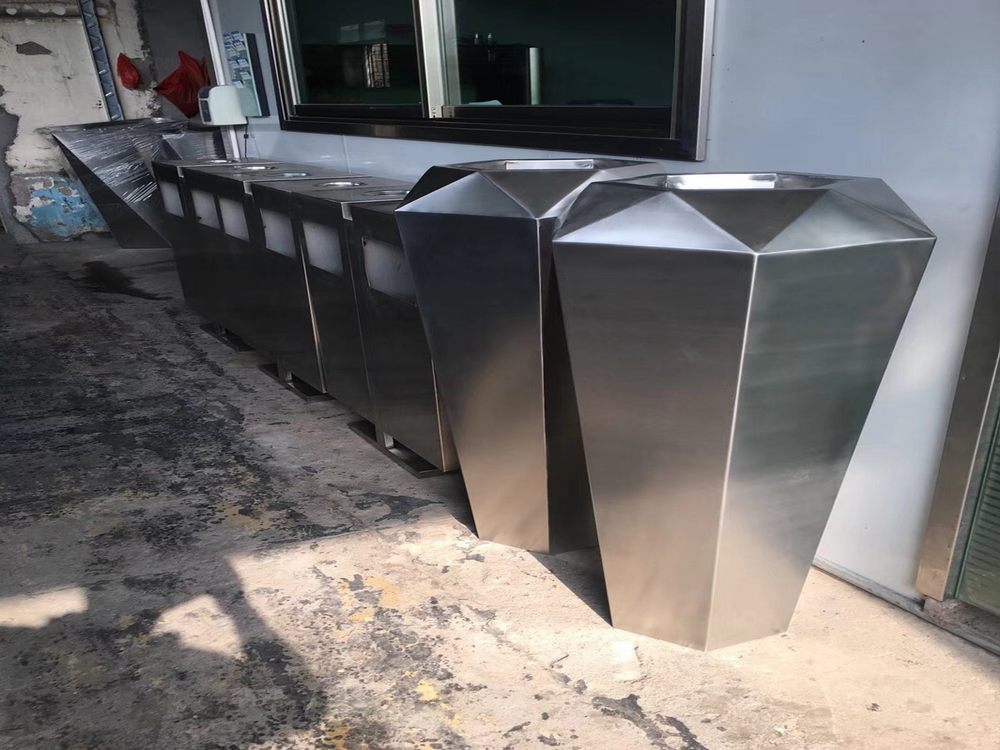
Provenance documentation is critical for preserving the value and authenticity of a porcelain sculpture, especially for future resale. Here are the most effective ways to ensure thorough and credible records:
1. Certificates of Authenticity: Obtain a signed certificate from the artist, gallery, or recognized expert, detailing the sculpture’s origin, materials, and creation date.
2. Photographic Evidence: Maintain high-quality images of the sculpture from multiple angles, including close-ups of signatures, marks, or unique features.
3. Purchase Receipts & Invoices: Keep all transaction records, including the seller’s details, price, and date of acquisition.
4. Exhibition & Publication Records: Document any exhibitions, catalogs, or articles featuring the sculpture to establish its historical and cultural significance.
5. Conservation Reports: If the piece has been restored, include professional conservation reports to clarify its condition and any interventions.
6. Digital Provenance Tools: Use blockchain or digital registries to create tamper-proof, time-stamped records of ownership and transactions.
By systematically compiling these documents, collectors can enhance the sculpture’s marketability and ensure transparency for future buyers.

